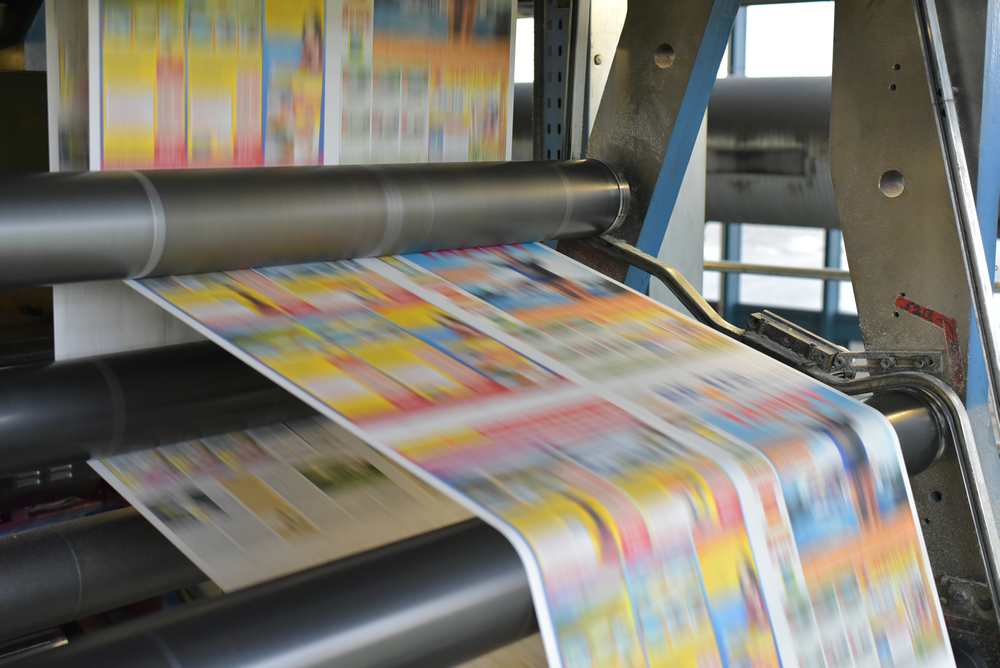It’s all about finding new ways to appeal to the younger digital native generation.
I recently had the opportunity to attend two important conferences in the production printing industry: Inkjet Summit and Dscoop Edge World Expo. While there, I kept both eyes wide open to spot the talents of the next generation of printing enthusiasts.
Lately, I’ve been reading several articles highlighting the next generation of office imaging talents. There seems to be movement in the right direction in terms of succession and new hires.
The production print industry, on the other hand, has more challenges than I expected. Some of the “young” individuals I ran into were not so young at all, and many of them were born into the business rather than having made the conscious decision to join the printing industry. Others were super young, fresh high school graduates, poking their noses into the big unknown and not quite sure they liked what they saw.
I reached out to printers and analysts to better understand what’s going on in the printing industry and why there is so little young talent in a booming industry. One comment stood out to me: Most young people are digital natives, and for many of them, print has no tangible value.
This made me wonder if printing is still meaningful. Printing office documents has been somewhat pointless to me for a long time. There is meaning in printing drafts of papers I’m working on. For some reason, my brain is on steroids when reviewing and refining a whitepaper on paper. It feels strange, as I’m researching and writing completely without paper. Phone, tablet, computer, and e-reader are my best friends when receiving information and communication, and managing my finances and insurance.
Emptying my mailbox Monday to Saturday often leaves me angrier rather than motivated to engage with some of the paper I receive. Most of it is of poor quality—the paper itself, the print quality, or the design. The highlights are all three together, and the occasional lowlight gets it all right. Sometimes, I even keep these to remind myself that there’s light at the end of the tunnel.
Books, however, are a different story altogether. I love well-made books. I appreciate book printers that use high-quality paper on the inside and put thought and labor into the cover—hardcopy books, that is. I’m prepared to pay a premium for them. Paperbacks don’t exist on my bookshelves anymore; they are all in my e-reader. But how often do you come across a well-made book these days?
Moreover, how often do you cross paths with someone who still knows how to make a book? There are very few bookmakers left in our world. Creating a book that you want to buy and keep and read is an art. Years ago, I looked into learning how to do that but working shifts, making little money, and having sticky fingers most of the time didn’t feel too sexy back then.
The Printing Industry on the Decline
Besides the decline of the art of printing, offset printing is declining rapidly too. Not that the printing presses aren’t around any longer or the quality of their output isn’t good enough, but there’s less staff to run these devices, and the production process is too slow for most of the fast-paced demand in printing.
So, in 2023, if you weren’t born into a print-related business, what can possibly motivate you to pursue a career in the printing industry? The smell of paper and ink, the dirt on your fingers, the social-life unfriendly shifts, or modest pay? If you have technical skills and ambitions, you might aim for a job with a printer manufacturer, possibly in R&D—there’s a lot of great innovation going on in the printing industry and more to be done in the coming years.
Or maybe in textile printing, where technology meets creativity and innovation hopefully making fashion more sustainable. Or large-scale 3D printing, where you can build/print houses to support equality in the real estate marketplace and make housing more affordable.
But paper, how do you add value to a commodity? Maybe by adding higher levels of personalization or by closing the gap between physical and digital through QR codes, augmented reality, and hopefully, more emerging technologies we are unaware of today.
Maybe we should all commit to inviting pupils and students to open houses, offering them internships, and listening to their thoughts on how to improve and innovate what many of us protect so hard in fear of being left behind.


